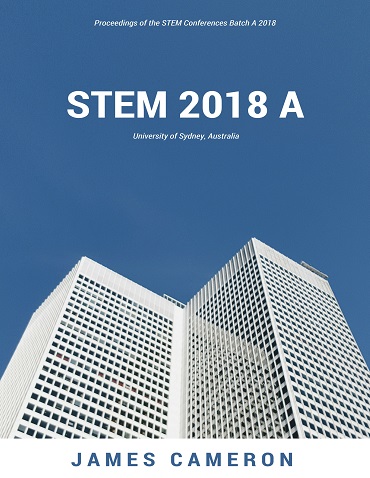- Publication Meta:Value
- Short Title:STEM A 2018
- Publisher:ASDF, India
- ISBN 13:978-81-933584-3-6
- ISBN 10:81-933584-3-0
- Language:English
- Type:Hard Bound - Printed Book
- Copyrights:STEM A Organizers/ DCRC, London, UK
- Editor-in-Chief:Dr James Cameron
- Conference Dates:10 - 12, January 2018
- Venue Country:New South Wales, Australia
- Submitted Papers:589
- Acceptance Rate:8.12%
- Website:www.stemconferences.com
Welcome to ASDF Electronic Digital Library!
StemConferences 2018
StemConferences 2018
International Conference on Architecture and Civil Engineering 2018
Paper 007
Accumulation of Time and Its Visualization Process of Korean Modern Architecture: Focused on the Case of Mapo Cultural Oil Depot, Seoul
Jiae Han1
1Assistant Professor, Hongik University, 2639 Sejogro, Sejongsi, South Korea
Abstract
This study analyses the interrelationships among the three elements: the structure of architecture, the form of design, and the flow of time. Especially in the case of renovation, the methodology of morphological design of structural change with time is a key part of architectural design. Korean architecture has carried out a variety of urban regeneration projects through the modern era. Among them, this study selects Mapo cultural oil depot in Seoul and analyses the universality and specificity of this case. There are a variety of existing variables, such as approaches, doorways, thick concrete walls to protect oil tanks, and oil tanks that store oil. I have focused on how to maintain and transform these changing factors to make visitors feel the passage of time. In this paper, this design methodology is largely divided into visual exposure, contrast of recognition, penetration due to walking, and features of each element are derived.
Keywords
Author's Profile
Author profile can be generated and linked through our partners World Book of Researchers. To include your profile online Click Here. After it is approved, please email to edlib @ asdf.res.in to create a link with all the papers.
e-AID
StemConferences.2018.007
Cite this Article as Follows
Jiae Han. Accumulation of Time and Its Visualization Process of Korean Modern Architecture: Focused on the Case of Mapo Cultural Oil Depot, Seoul. International Conference on Architecture and Civil Engineering (2018): 04. Print.
© 2010 - by EDLIB .
All Rights Reserved.

